Since its (re)introduction in 2024, the Tag Heuer Replica Autavia Heritage Chronograph with a (reverse) panda dial has become a notable long-time favorite. I therefore delved deeper into the history of the Heuer classic, which was originally released in 1962 – for example, did you know that, under international competitive pressure, Heuer sold the Autavia for a mere $88 in 1971 through a cooperation with a tobacco manufacturer?
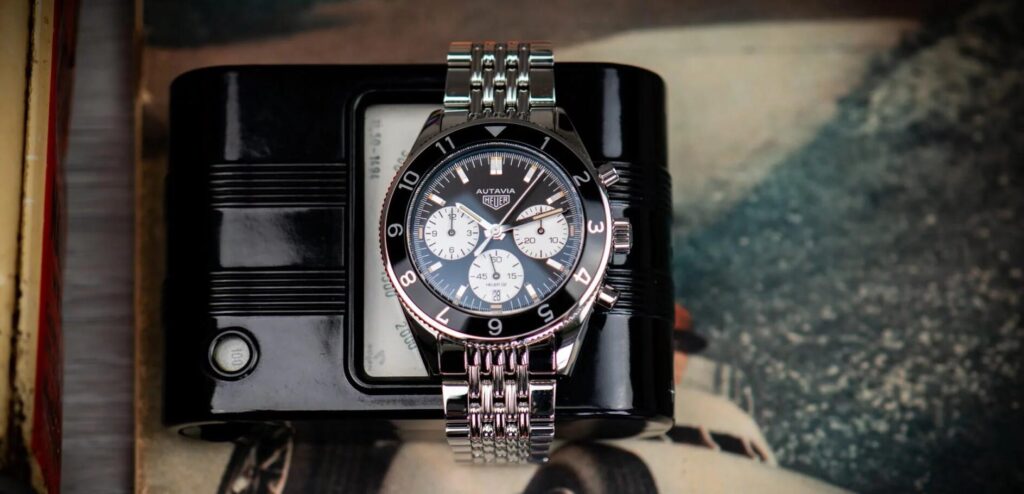
The revival: TAG Heuer Autavia Heritage – Reverse Panda Chronograph
Chronographs and stopwatches quickly became the core business of the Swiss watch manufacturer founded in Saint-Imier in 1860 – the need for inexpensive and reliable stopwatches was great, for example in the military sector. Company founder Edouard Heuer registered the first patent for a stopwatch mechanism in 1888.
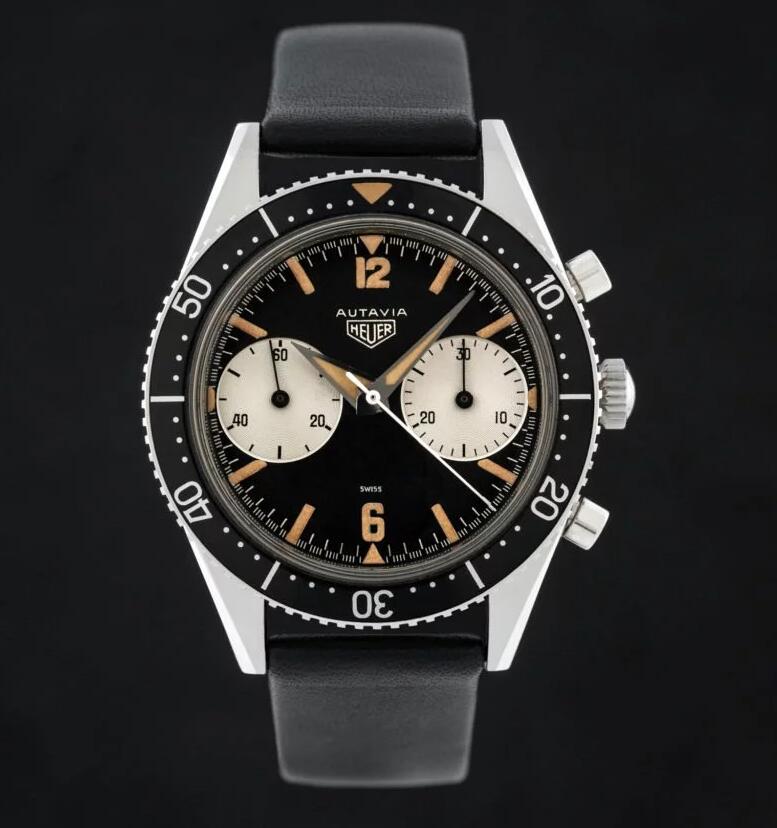
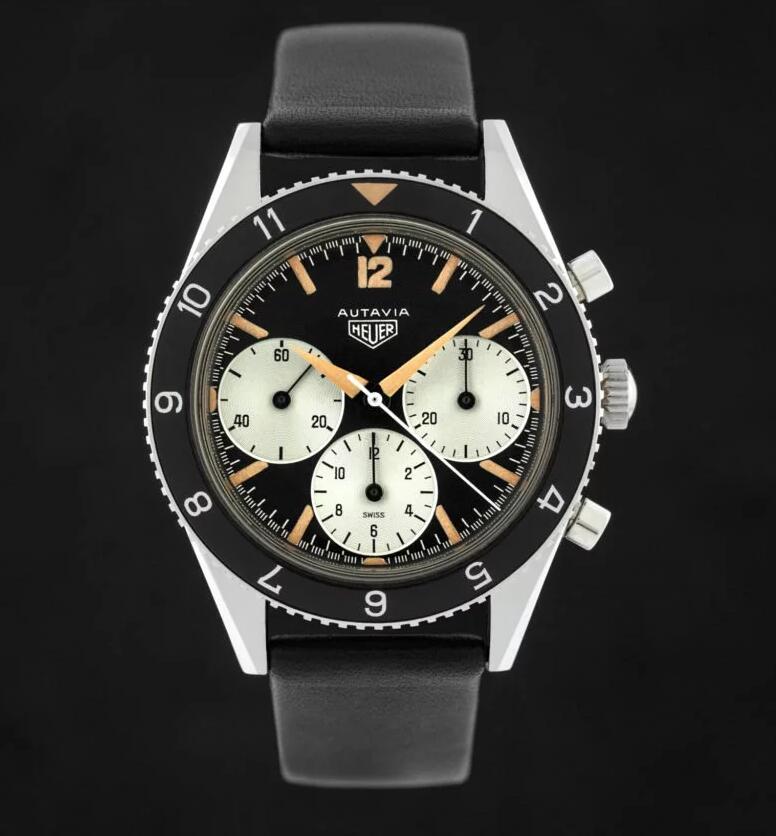
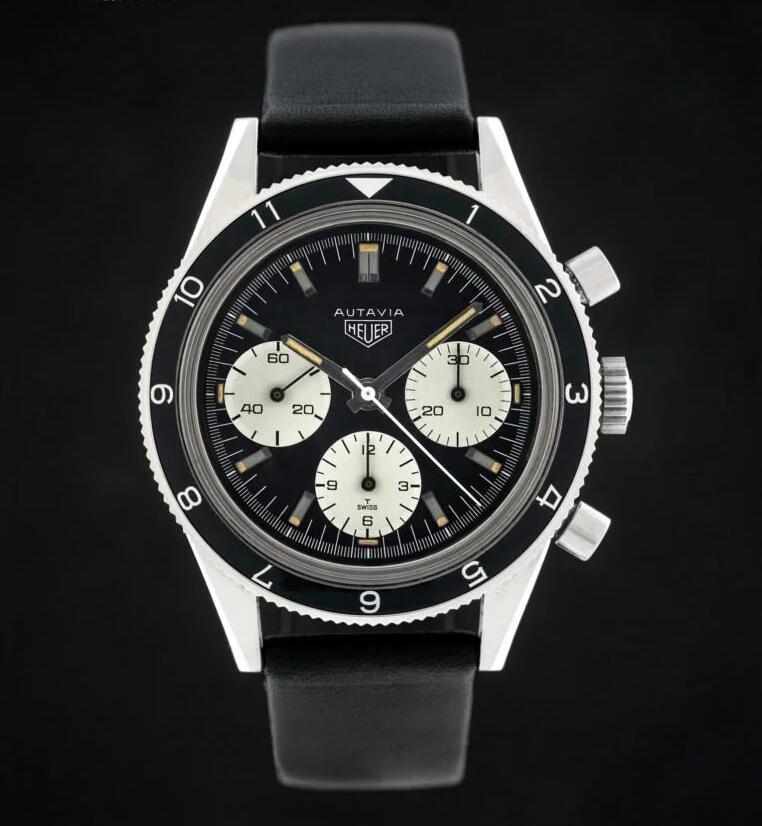
Charles Edouard’s passion for automobiles apparently also “infected” the following generations and family members. Jack Heuer, son of Charles-Edouard and the leading man behind the traditional manufacturer from 1962 to 1982, was considered a long-time fan and participant in all kinds of racing events. The starting signal for this was a gift, namely a brand new red sports car from the MGA brand, which Jack gave at the end received from his proud father after completing his engineering studies. The stylish speedster was of course too good for the garage, so Jack Heuer took part in various rallies with a friend. According to tradition, Jack Heuer was so dissatisfied with the readability of the Autavia on-board chrono that he stopped production and replaced it with the Auto Rallye model.
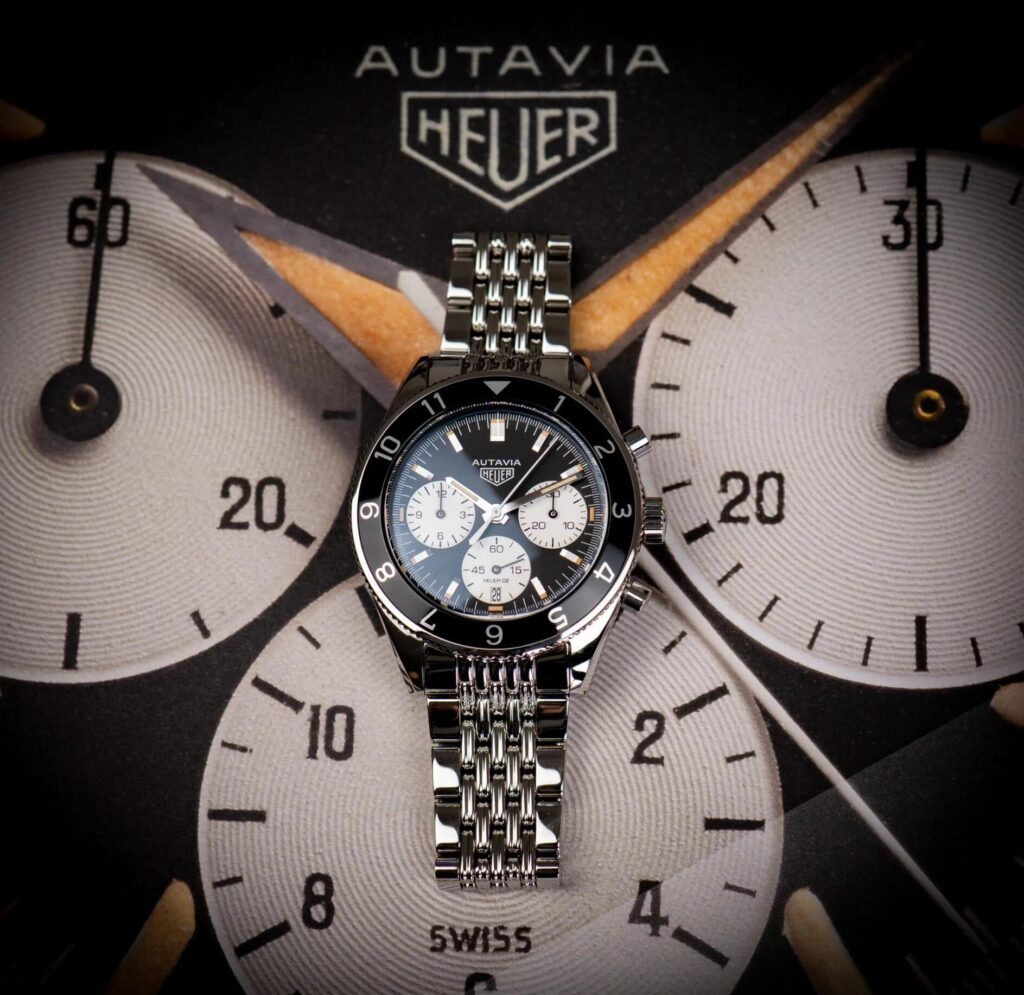
In racing in particular, the Autavia had some famous wearers in the 60s and 70s, including Jochen Rindt, Mario Andretti and Niki Lauda’s teammate Clay Regazzoni. This year – alongside various cigarette manufacturers – one of the first Formula 1 sponsors ever. From 1968, for example, Heuer also sponsored the young, aspiring Swiss racing driver Jo Siffert: for 25,000 Swiss francs per year, Siffert wore the Heuer logo on his overalls and his racing car. During his races he also wore an Autavia with the characteristic panda dial on his arm. Who would have thought: This variant is also known among collectors as the “Jo Siffert” Autavia.
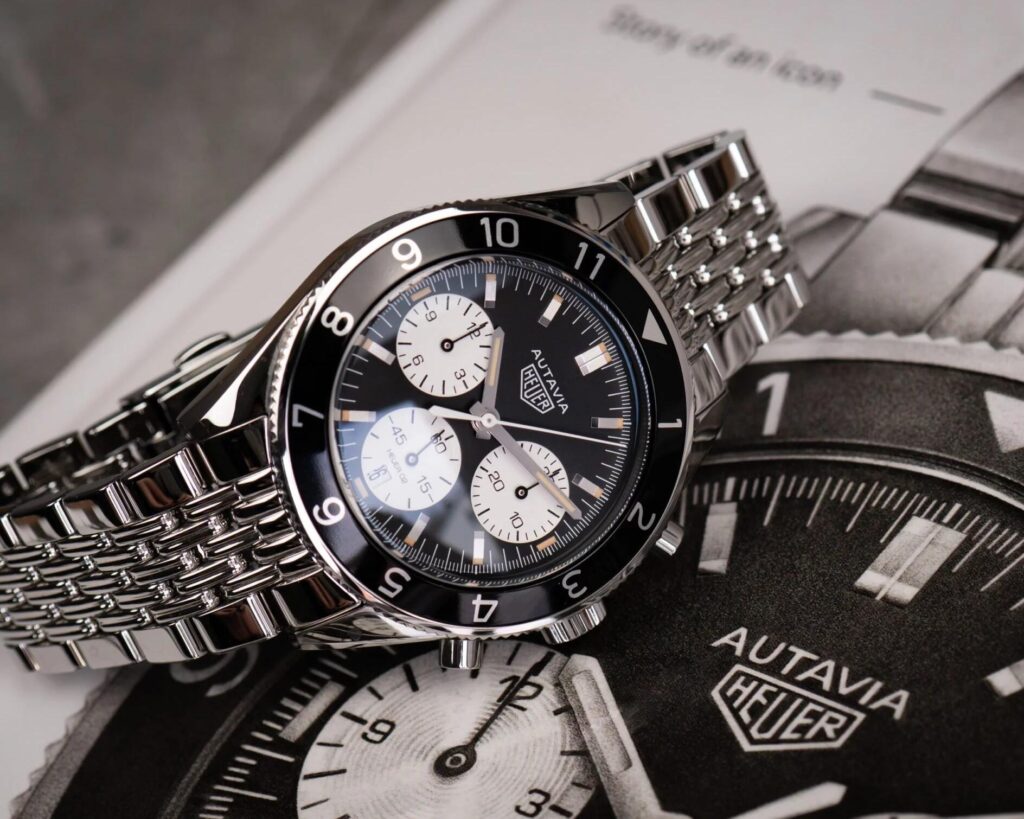
Which one can it be? The evolution of the TAG Heuer Autavia – from the Chronomatic Caliber 11 to Caliber Heuer 02
Autavia fans differentiate the vintage classic into several generations with specific features: The first generation (Mark 1), built from 1962, came with a – quite large for the time – 38 mm case with flowing horns and the characteristic black dial Combination with white totalizers (“Reverse Panda”). Tricompax and bicompax (two or three totalizers) variants were available. At that time the hands still had the so-called dauphine shape:
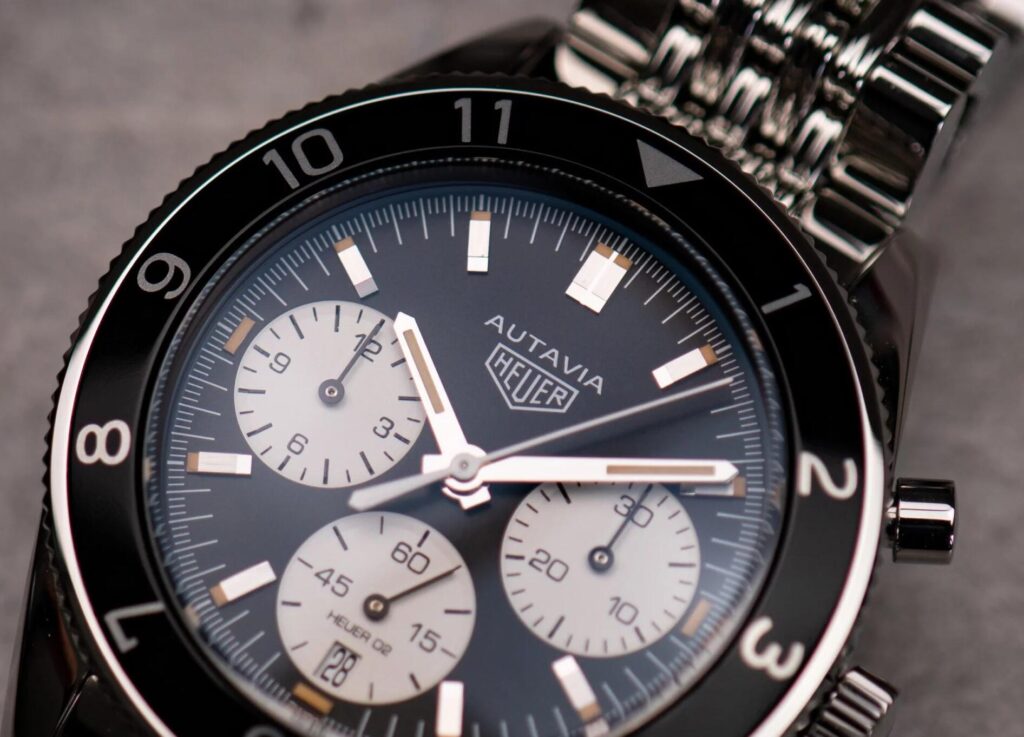
From 1966 onwards, the Autavia was built with smaller totalizers and simpler hands. Later the bezel was also made wider. The decisive change, however, affected the engine of the Autavia: The hand-wound Valjoux chronograph calibers initially used were replaced in 1969 by the innovative Chronomatic Caliber 11 – the first self-winding chronograph caliber in the world! The Caliber 11 was developed by a mysterious consortium under the mysterious code name “Project 99” – in order to be able to finance the considerable investment, the Swiss heavyweights Breitling, Buren Watch S.A. and Dubois-Dépraz S.A. took part alongside Heuer. and later Hamilton also took part in the major project.